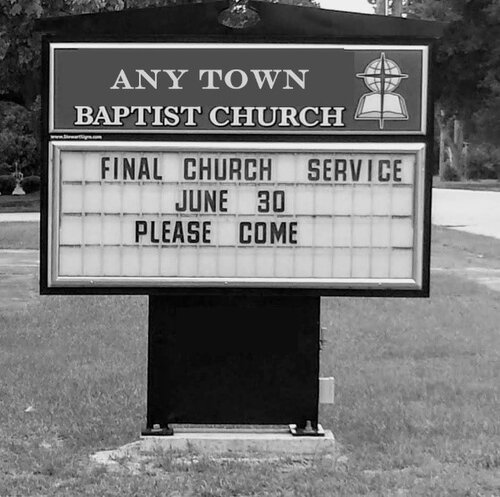Training an Associational Revitalization Team

Every now and then I find myself walking down the aisles of a hardware store looking at all the tools and gadgets that I have no idea what they are or how they would even be used. I’m sure a trained repairman or contractor would know exactly what to do with them, but that is not me (at least not yet).
When it comes to serving our plateaued and declining churches reach a hopeful future, I have found that well-trained associational teams have been just the tool God can use to restore hope and mission. But maybe you are like me at a hardware store looking for options to help churches, but not sure what tools are the best or even where to begin. Maybe this brief article will be helpful:
1) Utilize a team approach to helping at-risk churches
If you haven’t read the articles 6 Benefits of Having an Associational Revitalization Team or Staffing an Associational Revitalization Team, start there. Who in your association would bring wisdom and expertise? Who has the right personality for guiding a church through difficult conversations? Who might have the relational network to increase opportunities at the right times?
2) Train the team to serve a wide array of churches in different contexts and circumstances
For the past few years, SC Baptist have trained many associational teams and leaders using the Revitalization Practitioner Lab (RPL). This training is offered to associational leadership either in person or online depending on the need and resources available. Utilizing case studies of an array of churches and circumstances, a team can practice and review using the conversation tools to gain confidence for serving their churches well.

3) Learn the best options for engaging at-risk churches
One of the greatest challenges to serving struggling churches is their lack of interest in receiving help when it benefits them the most. Often churches will wait until they have tried everything else and then call their AMS for help. Being proactive as a team can literally mean the difference between life and death for some churches in your association.
Here is a list of 11 options for engaging at-risk churches.
4) Leverage state and national training events for continuing education
Helping at-risk churches is a national movement with new resources being developed all the time. Check Hope for Churches for new articles and events or follow the NAMB Replant Team to learn of national training events.
5) Read helpful books together
We’ve compiled a list of helpful resources for your team to consider here.

6) Make prayer a priority
The most effective tool any of us have access to for the benefit of our at-risk churches is prayer. Intercede often for your churches, especially during key seasons of trial or transition.
We’d love the opportunity to partner with you to train an associational team to serve at-risk churches in your area. Send us an email at hopeforchurches@scbaptist.org and let us know how we can assist.


